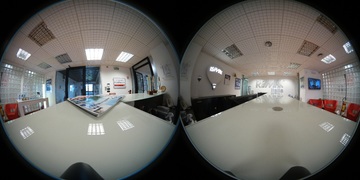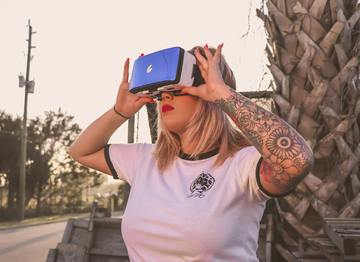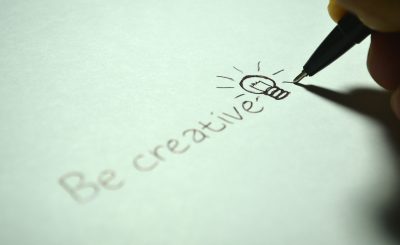One thing that has always defined human beings is definitely their need to create and decorate their surroundings. From the earliest cave drawings, like those in the Altamira cave, almost 36,000 years old, to the modern works of art, we are aware of the human creative potential, and what it may produce. Virtual reality (VR) is only the latest in a long line of aids that can help artists express their creativity in a new way. However, some people seek excitement elsewhere and visit sites like bet-il.com in order to get their piece of enjoyment. VR technology has revolutionized the modern world, and its steady rise in popularity will affect various parts of our lives more and more, as time passes. Graphic designers, as well as other artists, will definitely enjoy the benefits VR has to offer in the near future, as well as today.
What is VR?
Virtual reality (VR) is a term used to denote a virtual environment a person can find themselves in, with the help of a computer. We get our perception of reality through our senses. If we are able to alter the perception of one (or more) of our senses, we are able to place someone in a virtual environment, different from their own. This process is what VR technologies are aiming to achieve with people. There are different ways of doing this, and thus three different technologies: VR (virtual reality), AR (augmented reality), and MR (mixed reality). These differ based on the extent to which objects from the real world are included or dominant. Augmented reality primarily relies on real surroundings and objects, while this concept is further developed in MR, where virtual objects are more sophisticated and can interact with real objects.
How can it be used for graphic design?

Graphic designers possess the most important trait for successfully utilizing these technologies, which is –creativity. VR technology provides a blank canvas for artists to express their creativity; we can hope to see many things evolve from this new artistic environment. Some of the areas where graphic designers can use the advantages VR provides are:
Gaming: There are more and more VR games available every day, and the market is growing more and more, which means that there is plenty of work for designers to create incredible lifelike figures that people will use for entertainment.
Product design: Designing things like cars, motorcycles, or even interior design are now easier than ever to sketch, and iron out all the details in an interactive environment
All things creative: VR offers virtually unlimited possibilities to create content with, and resources at designers’ disposal are incredible; even things like sculpting fire and water are possible in this digital environment.

What does the future of graphic design look like?
It is unclear whether VR will completely suit the needs of graphic designers in the future; such an outcome is possible, but there still may be traditional work available for those purists among them. They may even find it impossible to express their creativity outside their piece of paper, and rely on it for the major part of their work. Even though for those people, VR technology may be a bit of an acquired taste, it is certainly a powerful tool for future artistic projects.



